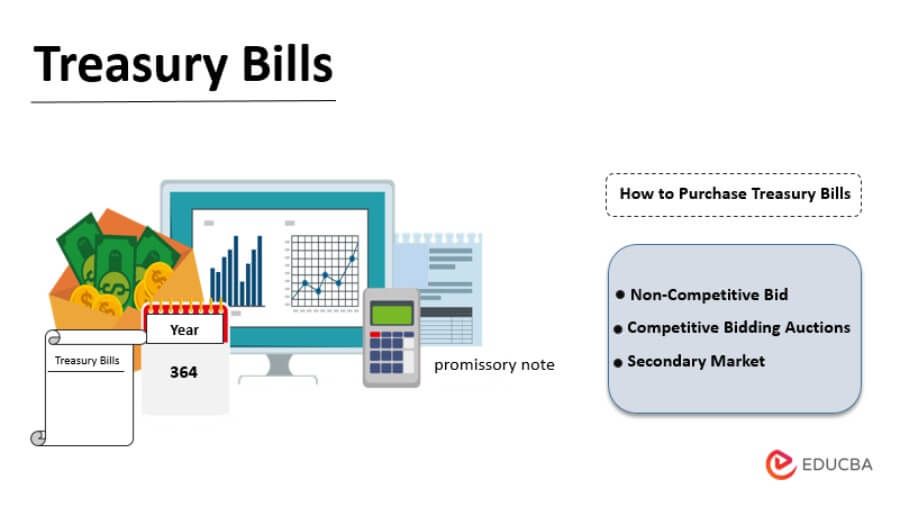
There are many ways you can invest in realty. There are both passive and active investment options. You also have to consider Tax implications and exit strategies. In this article, you'll learn more about active investing and exit strategies. Here are some common pitfalls to avoid when you make your first real-estate investment. These mistakes will help you make informed decisions when investing in real property. We'll also discuss ways to maximize your profits. Let's dive in!
Active vs. passive investing
Each investment strategy has its pros, and each one is better than the other. Passive investing can be considered a lower risk approach because it involves investors pooling their resources into an investment fund for real estate. This type of fund is often managed by an experienced sponsor, which reduces the risk of loss. Active investing, in contrast, requires investors take ownership of the investment and to manage it. Each strategy has its own risks.
Passive investing is where an investor employs a third party to manage the investment. This eliminates the investor's need to supervise the property. Passive investment still gives investors access to the same real assets and offers the possibility of substantial returns. Because these methods require less effort from the investor, they are ideal for newbies to real estate investing. These methods also have a higher tolerance for risk, making them suitable for investors who don’t have the money or time to invest.

Tax implications
There are many tax implications to real estate investment. Real estate investing has many benefits that are easy to comprehend. However, some investors may prefer to defer taxes in order maximize their control of their capital. This option delivers significant long-term benefits, allowing your capital to grow faster. Renting income can also be exempted of tax making them an attractive investment option. If you're looking for an investment opportunity that will benefit your financial future, there are several strategies to help you get started.
First, determine how much tax will be imposed on your investment. Investors in real property usually don't own the property. Capital gains are treated as ordinary income and taxed accordingly. The rate of taxation depends on the type of investment as well as the amount of income. For example, if you purchase a property with a mortgage, you will have to pay income taxes in the state where the real estate is located, as opposed to the state where you live.
Exit strategies
There are many factors that you need to consider when planning your exit strategy from real estate investment. No matter how lucrative your investments may be. It is important to look at the short-term goals of the investor, current market conditions and the property's cost. An effective exit strategy will maximize your return while minimizing risk. These tips will help you to choose the best exit strategy for your real property investment. Continue reading to find out more.
Seller financing. This strategy involves obtaining a loan from a bank or financial institution and selling it to a buyer. The buyer will then pay the rehab costs and contract workers. The investor can then pay off the loan and move onto the next investment. This strategy produces the highest profit margins. Consider a seller financing arrangement if you don’t wish to sell the property. A seller financing arrangement is an excellent way to get out of real estate investing.

Returns
Two ways to calculate a return on investment in real estate are net and gross. Net rental returns include taxes and expenses. The gross return is calculated when the property's cost is divided by the rent. However, net rental returns do not include mortgage payments which could lead to negative cash flow. Many investors look at the cash-on-cash rental return, which can surpass the returns of average stock dividends.
Cash flows are not the only factor. Total returns also include the value of the property and the payment of a mortgage. Higher total returns typically correspond to higher yields, but these are not guaranteed. It is possible to get complicated with the ROI calculation depending on how much cost and cash flow are involved. Using an accountant or tax professional to figure your ROI is recommended. Here are some examples:
FAQ
How does inflation affect the stock market?
The stock market is affected by inflation because investors need to pay for goods and services with dollars that are worth less each year. As prices rise, stocks fall. That's why you should always buy shares when they're cheap.
Why is a stock called security?
Security is an investment instrument, whose value is dependent upon another company. It may be issued either by a corporation (e.g. stocks), government (e.g. bond), or any other entity (e.g. preferred stock). The issuer promises to pay dividends to shareholders, repay debt obligations to creditors, or return capital to investors if the underlying asset declines in value.
How can people lose money in the stock market?
Stock market is not a place to make money buying high and selling low. It is a place where you can make money by selling high and buying low.
The stock market is for those who are willing to take chances. They will buy stocks at too low prices and then sell them when they feel they are too high.
They believe they will gain from the market's volatility. But they need to be careful or they may lose all their investment.
What are the advantages of owning stocks
Stocks are more volatile that bonds. Stocks will lose a lot of value if a company goes bankrupt.
If a company grows, the share price will go up.
In order to raise capital, companies usually issue new shares. Investors can then purchase more shares of the company.
Companies can borrow money through debt finance. This gives them access to cheap credit, which enables them to grow faster.
When a company has a good product, then people tend to buy it. As demand increases, so does the price of the stock.
As long as the company continues to produce products that people want, then the stock price should continue to increase.
Statistics
- Our focus on Main Street investors reflects the fact that American households own $38 trillion worth of equities, more than 59 percent of the U.S. equity market either directly or indirectly through mutual funds, retirement accounts, and other investments. (sec.gov)
- Individuals with very limited financial experience are either terrified by horror stories of average investors losing 50% of their portfolio value or are beguiled by "hot tips" that bear the promise of huge rewards but seldom pay off. (investopedia.com)
- The S&P 500 has grown about 10.5% per year since its establishment in the 1920s. (investopedia.com)
- Even if you find talent for trading stocks, allocating more than 10% of your portfolio to an individual stock can expose your savings to too much volatility. (nerdwallet.com)
External Links
How To
How to open and manage a trading account
It is important to open a brokerage accounts. There are many brokers on the market, all offering different services. Some brokers charge fees while some do not. Etrade, TD Ameritrade and Schwab are the most popular brokerages. Scottrade, Interactive Brokers, and Fidelity are also very popular.
After you have opened an account, choose the type of account that you wish to open. You should choose one of these options:
-
Individual Retirement accounts (IRAs)
-
Roth Individual Retirement Accounts
-
401(k)s
-
403(b)s
-
SIMPLE IRAs
-
SEP IRAs
-
SIMPLE 401(k)s
Each option comes with its own set of benefits. IRA accounts are more complicated than other options, but have more tax benefits. Roth IRAs allow investors deductions from their taxable income. However, they can't be used to withdraw funds. SIMPLE IRAs and SEP IRAs can both be funded using employer matching money. SIMPLE IRAs are simple to set-up and very easy to use. They allow employees to contribute pre-tax dollars and receive matching contributions from employers.
Finally, you need to determine how much money you want to invest. This is your initial deposit. You will be offered a range of deposits, depending on how much you are willing to earn. You might receive $5,000-$10,000 depending upon your return rate. The conservative end of the range is more risky, while the riskier end is more prudent.
After choosing the type of account that you would like, decide how much money. Each broker has minimum amounts that you must invest. These minimums vary between brokers, so check with each one to determine their minimums.
After deciding the type of account and the amount of money you want to invest, you must select a broker. Before selecting a brokerage, you need to consider the following.
-
Fees - Make sure that the fee structure is transparent and reasonable. Many brokers will try to hide fees by offering free trades or rebates. However, some brokers charge more for your first trade. Do not fall for any broker who promises extra fees.
-
Customer service - Look for customer service representatives who are knowledgeable about their products and can quickly answer questions.
-
Security - Select a broker with multi-signature technology for two-factor authentication.
-
Mobile apps - Find out if your broker offers mobile apps to allow you to view your portfolio anywhere, anytime from your smartphone.
-
Social media presence – Find out if your broker is active on social media. If they don’t, it may be time to move.
-
Technology - Does the broker use cutting-edge technology? Is the trading platform easy to use? Are there any issues when using the platform?
After choosing a broker you will need to sign up for an Account. While some brokers offer free trial, others will charge a small fee. After signing up you will need confirmation of your email address. You will then be asked to enter personal information, such as your name and date of birth. The last step is to provide proof of identification in order to confirm your identity.
Once you're verified, you'll begin receiving emails from your new brokerage firm. These emails contain important information about you account and it is important that you carefully read them. These emails will inform you about the assets that you can sell and which types of transactions you have available. You also learn the fees involved. Be sure to keep track any special promotions that your broker sends. These could include referral bonuses, contests, or even free trades!
The next step is to open an online account. An online account can be opened through TradeStation or Interactive Brokers. Both sites are great for beginners. To open an account, you will typically need to give your full name and address. You may also need to include your phone number, email address, and telephone number. Once you have submitted all the information, you will be issued an activation key. Use this code to log onto your account and complete the process.
Once you have opened a new account, you are ready to start investing.